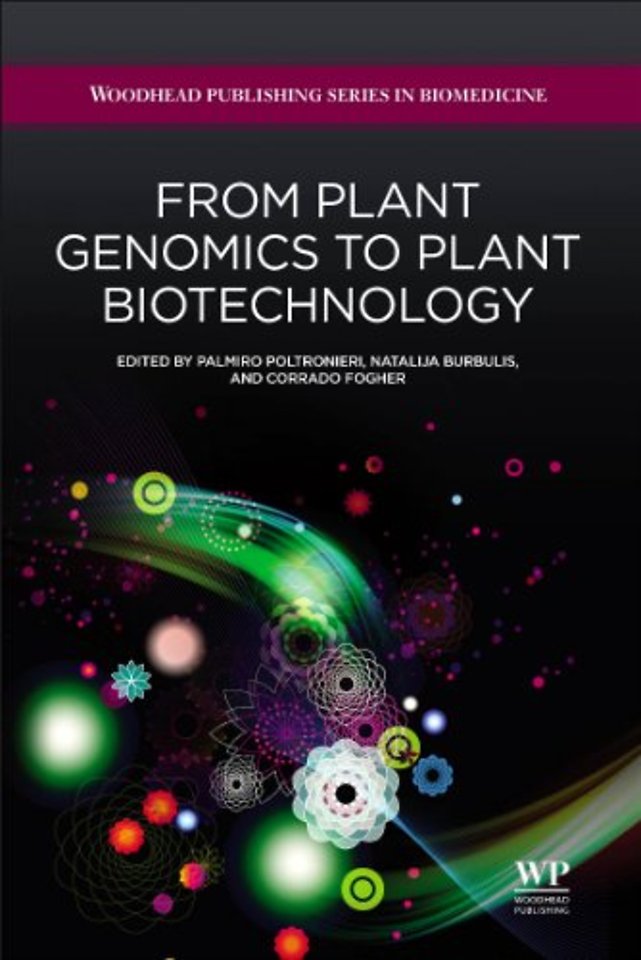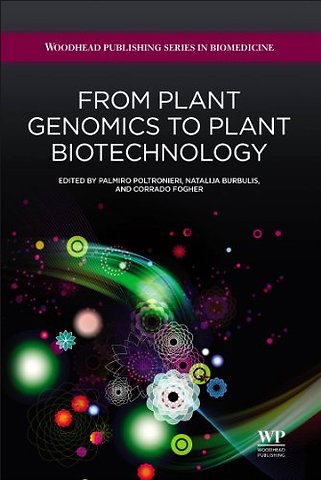From Plant Genomics to Plant Biotechnology
Gebonden Engels 2013 9781907568299Samenvatting
With the appearance of methods for the sequencing of genomes and less expensive next generation sequencing methods, we face rapid advancements of the -omics technologies and plant biology studies: reverse and forward genetics, functional genomics, transcriptomics, proteomics, metabolomics, the movement at distance of effectors and structural biology. From plant genomics to plant biotechnology reviews the recent advancements in the post-genomic era, discussing how different varieties respond to abiotic and biotic stresses, understanding the epigenetic control and epigenetic memory, the roles of non-coding RNAs, applicative uses of RNA silencing and RNA interference in plant physiology and in experimental transgenics and plants modified to specific aims. In the forthcoming years these advancements will support the production of plant varieties better suited to resist biotic and abiotic stresses, for food and non-food applications.
This book covers these issues, showing how such technologies are influencing the plant field in sectors such as the selection of plant varieties and plant breeding, selection of optimum agronomic traits, stress-resistant varieties, improvement of plant fitness, improving crop yield, and non-food applications in the knowledge based bio-economy.
Specificaties
Lezersrecensies
Inhoudsopgave
Rubrieken
- advisering
- algemeen management
- coaching en trainen
- communicatie en media
- economie
- financieel management
- inkoop en logistiek
- internet en social media
- it-management / ict
- juridisch
- leiderschap
- marketing
- mens en maatschappij
- non-profit
- ondernemen
- organisatiekunde
- personal finance
- personeelsmanagement
- persoonlijke effectiviteit
- projectmanagement
- psychologie
- reclame en verkoop
- strategisch management
- verandermanagement
- werk en loopbaan

